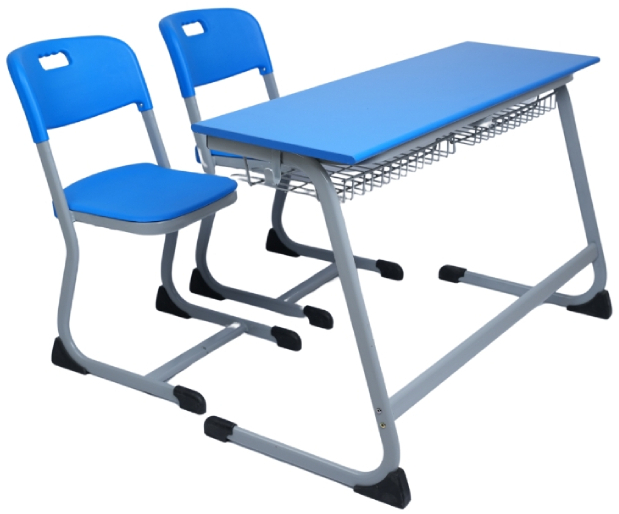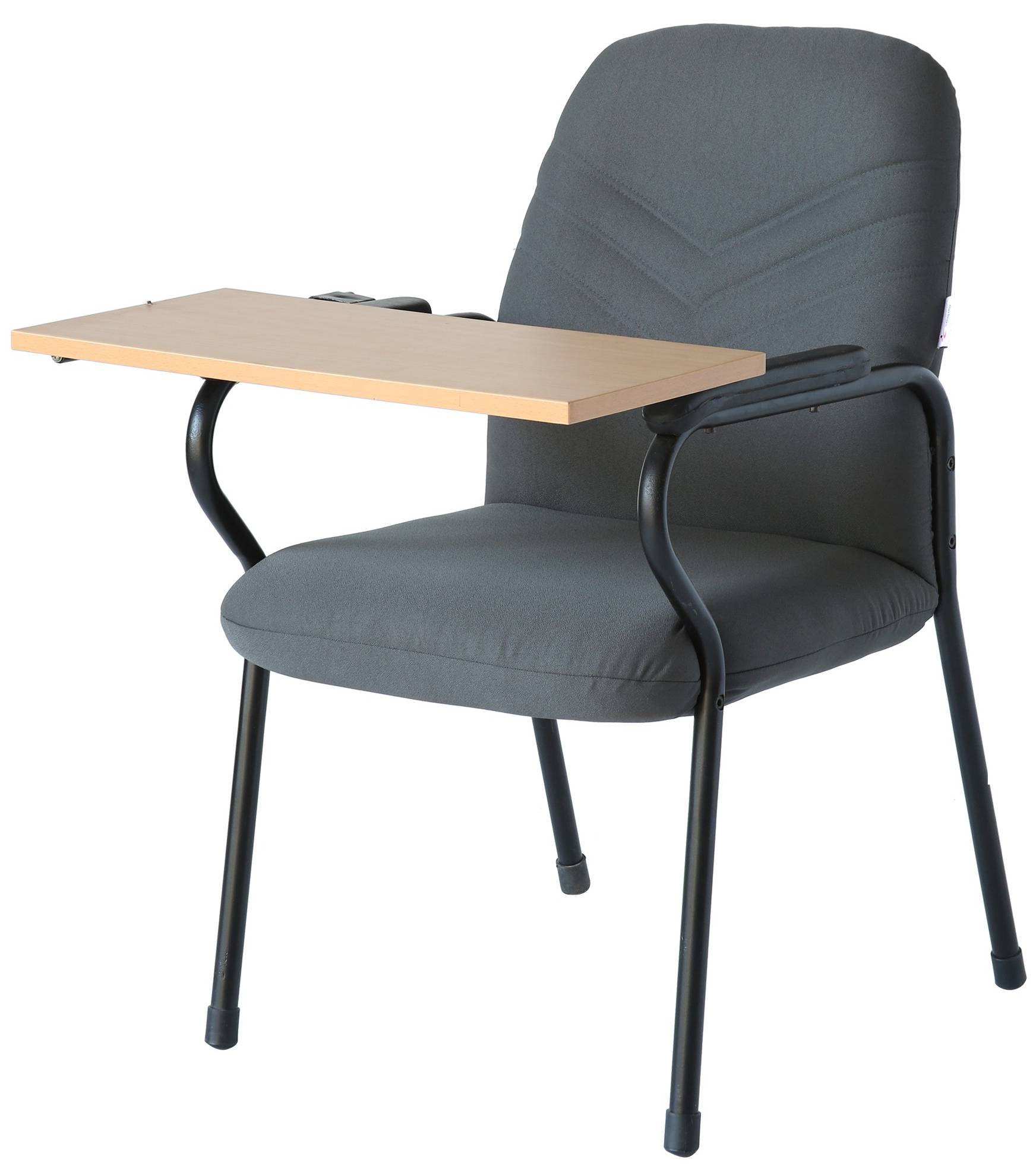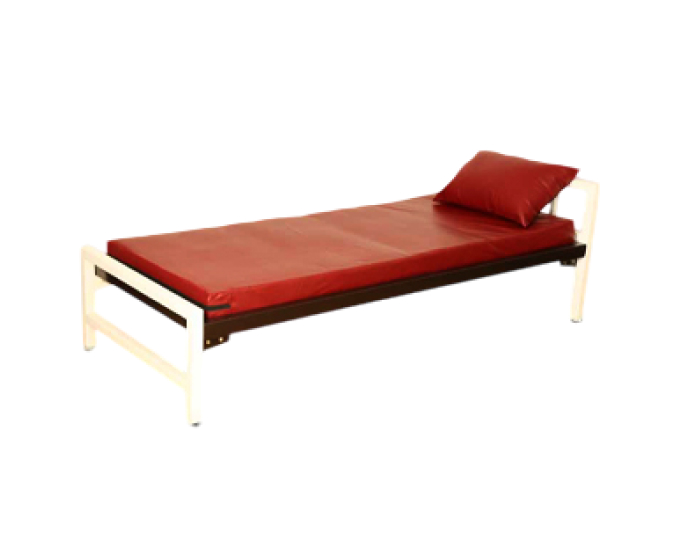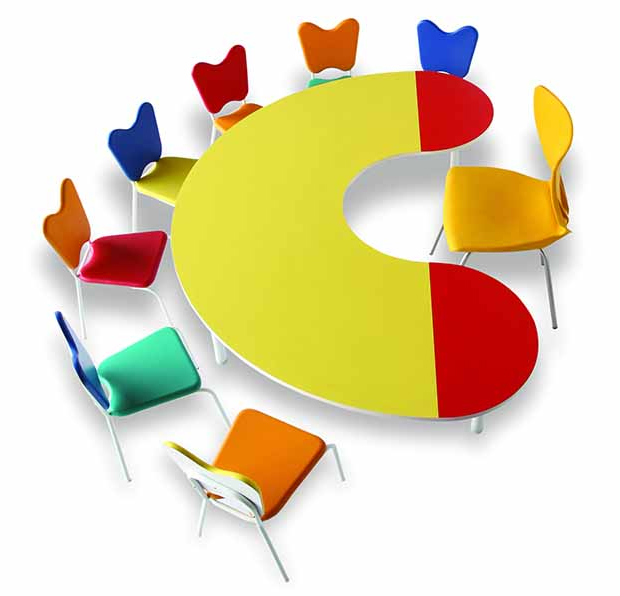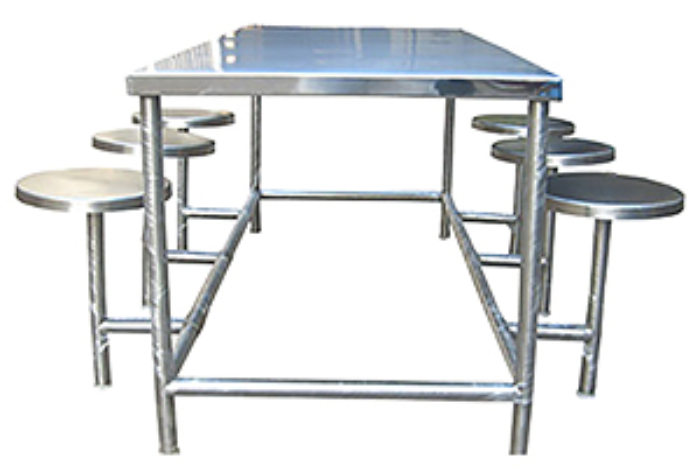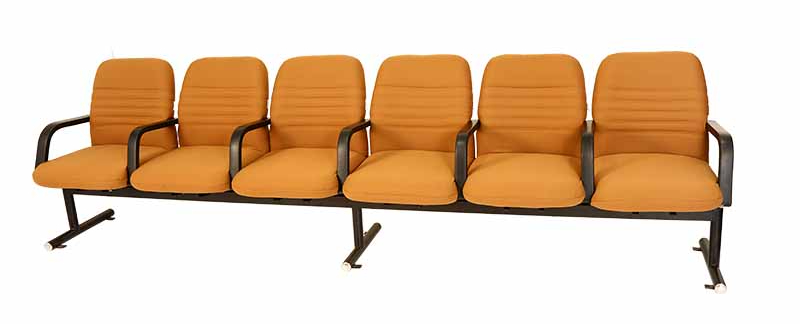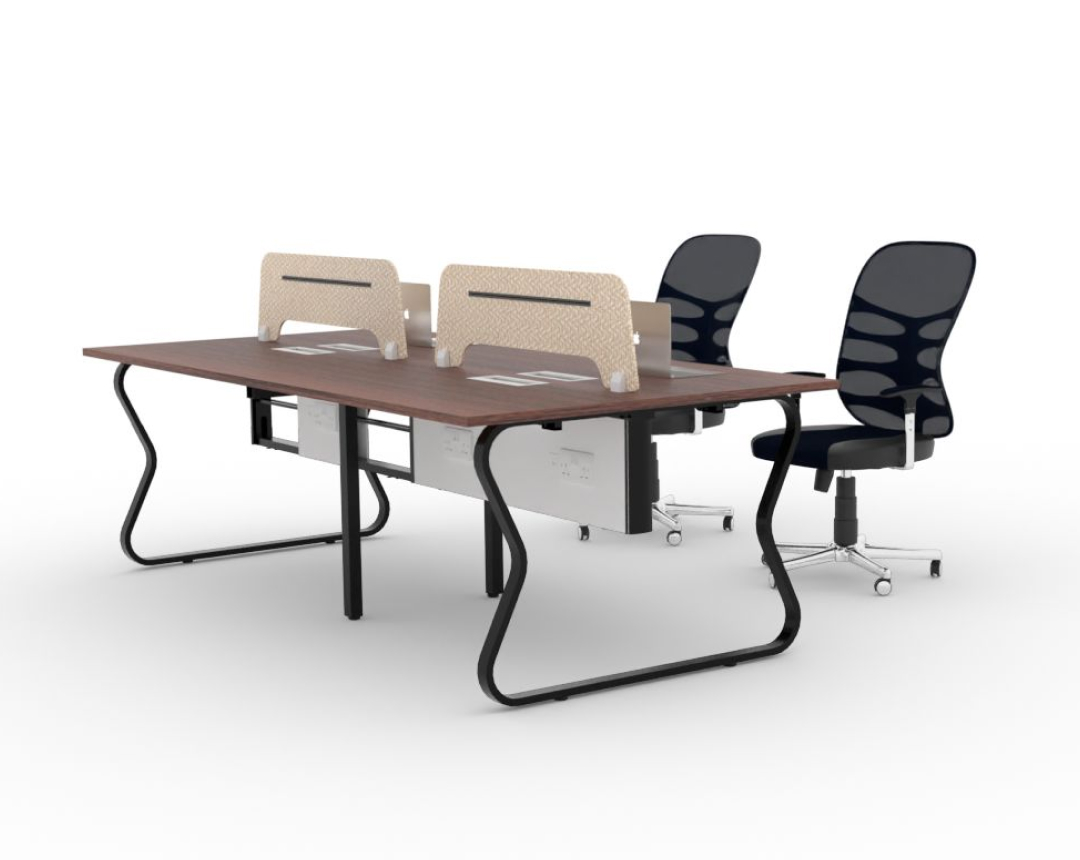Classroom layouts have remained largely unchanged over many decades. Many schools still sport two or three rows of desks separated by aisles. The desks and chairs are arranged one after the other with a small space at the front for the teacher’s table.
Science labs, too, have remained the same with no major changes in the layout. Nevertheless, research-based evidence points in the other direction. Studies show that progressive laboratory layouts can lead to greater student engagement in science as well as other subjects. Science lab furniture manufacturers are also of the same opinion. At Inspace School Furniture, Tamil Nadu, we offer a wide variety of school science furniture to choose from. We design everything to suit your requirements and budget, from lab stools to aesthetic-looking worktop tables. All our lab furniture is water and chemical-resistant, durable, and easily moveable.
So, how does a lab layout influence student engagement and learning? That’s the topic our article intends to discuss.
Let’s unpack the details.
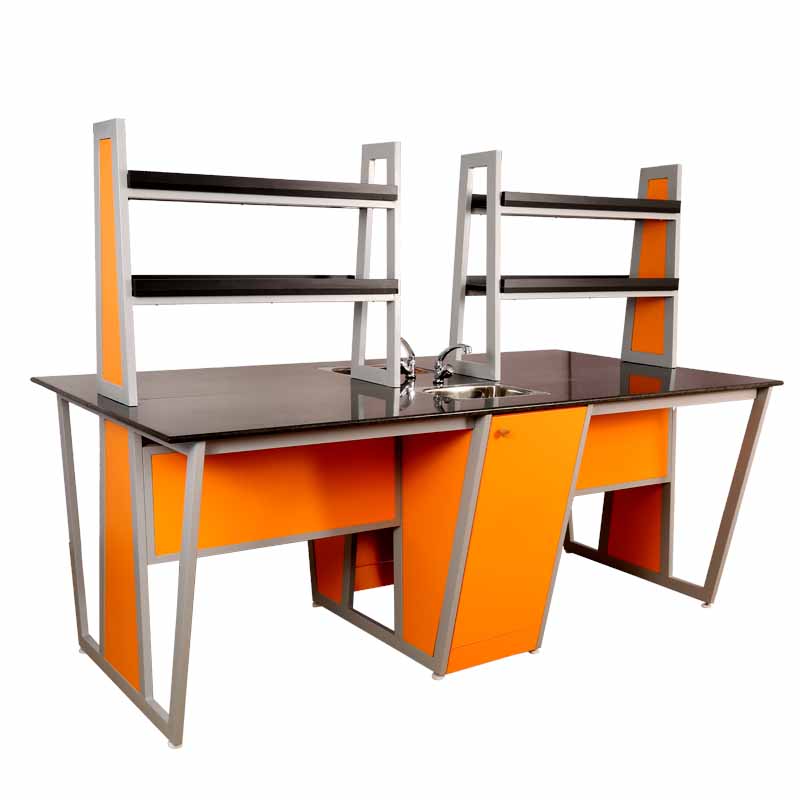
Designing A Lab Layout: A Science Lab Furniture Manufacturer's Tips
A laboratory is unlike a classroom. In fact, a classroom cannot be used as a lab, but a lab can easily serve both purposes. Therefore, when designing a laboratory layout, there are several criteria to consider, especially the lab furniture. It includes:
- Colour palette
- Ventilation systems
- Plumbing systems
- Flooring
- Overall space
Apart from these overall aspects, you should also take into account the following lab items:
- Water purification systems
- Eyewash stations
- Fire extinguishers
- Fume chamber
- Refrigerator
- Freezer
- Safety showers
- First aid kits
- Bulletin boards
- Whiteboards
It is important to research how a laboratory should be structured and set up to function as effectively as possible. Here are some highly critical aspects that you cannot afford to miss:
- Consider the laboratory’s purpose and ensure all countertops, workstations, wall colours, and flooring complement each other.
- Allow ample space for people to strategise and work together for experiments or projects.
- Ensure there is ample space for people and equipment to move around freely.
- Include plenty of storage options like countertop cabinets, overhead cupboards, racks, and shelves.
- Plan a separate space to store operational equipment, highly dangerous chemicals, and hazardous materials.
- Install fume hoods near HVAC systems to ensure proper ventilation.
Designate the right space for plumbing connections, lab sinks, and electrical outlets. - Provide ample windows to ensure proper cross-ventilation and ensure that there are windows on the interior walls for people to see each other.
- Place all mobile equipment and workstations in the centre of the lab and all the stationary equipment around it to form a perimeter.
- Choose a neutral colour scheme based on the purpose of the lab.
- Define floor spaces by opting for various colour patterns.
Exclusive Range of Classroom Furnitures from Inspace Furniture Solutions
Standards make things safer and easier to use. Attention to detail given to every process in a manufacturing stage can help maintain high-quality standards. Quality and reliable furniture will add costs to both the school and the manufacturers. ANSI, BIFMA, SEFA and Underwriters Laboratory are some of the certifications available for various products that need electrical assemblies, laboratory seating and more. With the rapid increase in technology, mass production of innovative furniture and efficient manufacturing processes have made things easier.
Ways To Reconfigure Laboratory Layout In Schools
When you think about revamping or reconfiguring your lab layout, two aspects require top priority: Functionality and safety. There are several ways to design a lab layout based on these aspects.
In the world of design, flexibility is often used to indicate the ability to reconfigure spaces. Therefore, many science lab furniture manufacturers, interior decorators, and architects favour moveable furniture systems, even in labs.
However, the teaching community is divided over the opinion of moving tables in a lab to promote flexibility. Some staff may feel that the room size and shape often make rearranging tables impossible. They may also find it disruptive and noisy.
However, on the contrary, there are many options to include flexibility in a lab. For example, when a centre area in a lab has unserviced tables and only perimeter benches, there are typically opportunities for reconfiguration. Noise and floor damage are not major issues because lockable castors can be used on all tables. However, you will also need a locking mechanism over and above the lockable castors to prevent the table from moving.
New, space-efficient, fully serviced island workstations address many of the issues. The design ideally suits pupil-centred learning and formal whole-class instruction. Providing ample worktop space per student and circulation space provides easy access for teachers and students. It also eliminates the “back row syndrome”.
Progressive lab designs can facilitate clearer views and improved communication for the entire class. In this way, all students get the same chance to learn from their teachers, making their education more effective. In addition, the more unobstructed the view, the less likely students are to misbehave and ignore their teachers.
When layouts and environmental factors are considered, more students will be able to achieve their potential and retain more information. Factors that encourage students to reach their full academic potential include:
- Positive and clear acoustics,
- Lab size
- Colour of paint used
- Ventilation
With a thoughtful and well-designed classroom layout, all students can reap the benefits of positive environmental factors.
Capitalise on your lab’s location to provide the maximum natural lighting. Create large windows to let in uniform light if you have a north-facing lab. If it is a south-facing lab, use smaller windows covered with blinds and external shades. East and west-facing labs will also allow you to harness ample sunlight with minimum glare.
All equipment, chemicals, and stationery should be kept in designated spaces when the lab is not in use. You should also consider your students’ belongings like school bags, notes, books, coats, and lab paraphernalia. Proper storage not only minimises set-up time. It minimises clutter and allows teachers to plan well ahead.
Inspace: Tamil Nadu's Top School Lab Furniture Manufacturer
To design a contemporary lab layout, you need contemporary lab furniture. Inspace School Furniture offers some of the most contemporary, stylish, durable and functional lab furniture. Would you like to know more? Get in touch with us for further details.

